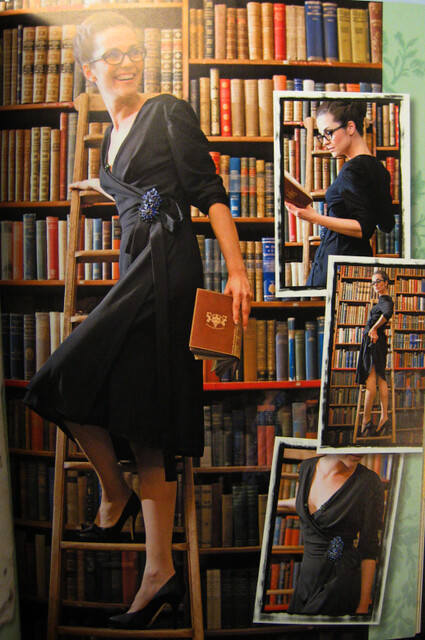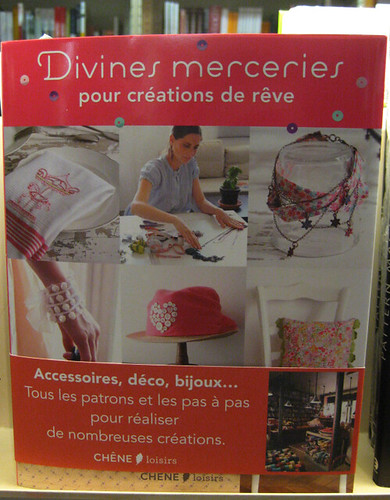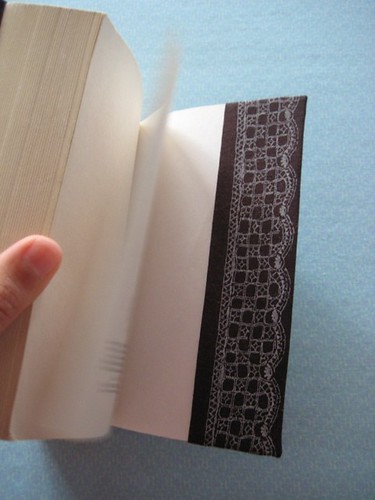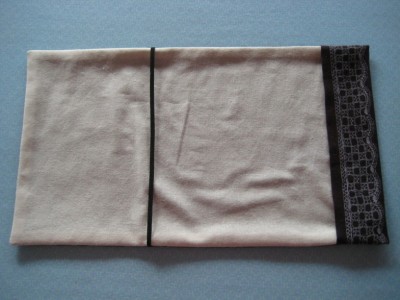Hello ! I’d like to write a small technical note today on how to follow the blog. There are several ways to do so.
The one I use and prefer: using the rss feed. Blogs publish an rss feed that you can use to automaticaly get new updates. You just have to give the rss feed address to an rss feed reader, and the reader will check for new posts for you. I use Google Reader, but other softwares probably work the same. Usually you just have to copy the blog (or website) address, then go to Google Reader, click “Subscribe”, paste the address in the text box that appears and the reader will find the rss feed. If it doesn’t you have to find the rss feed address on the blog (it should be written somewhere) and give this to your reader. Then we you log on your reader you automaticaly see the new posts on the blogs you follow. Google Reader offers you nice options to organize your feeds and get the most out of them: group them in folders, star messages you want to find easily, add tags, email the post to someone… Of course you can also search the blogs you follow by typing a text query.
I know some people like to subscribe to blog posts by email. When I first moved to this hosting I installed a plugin so that people could subscribe and be notified of new posts and comments by email. I didn’t like the way that plugin worked, so I removed it and went looking for something else. I’m happy to say that posts subscription by email is now available again. When you post a comment there is a little checkbox that allows you to subscribe to the blog and be notified of new posts by email. You can also subscribe directly through the menu on the right (a the bottom). The email you will receive is writen both in English and in French, and will only show a snippet of the post. I have yet to found something that handles multilingual blogs and send the notification in the language you prefer. In the meantime just read the language you understand and ignore the rest.
Notifications of new comments is still not available at the moment.






